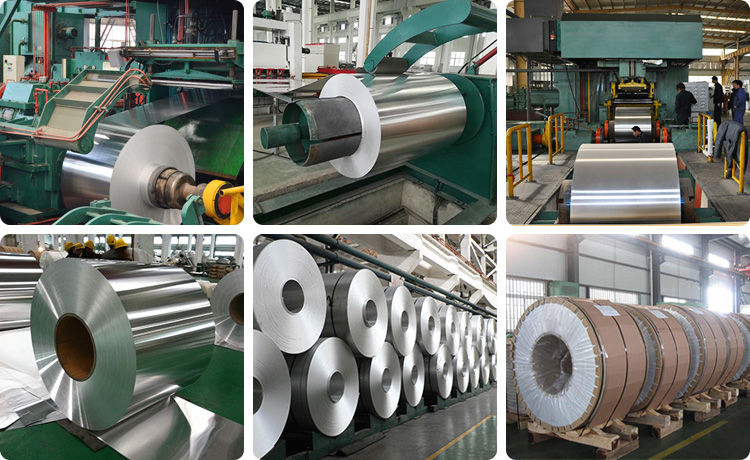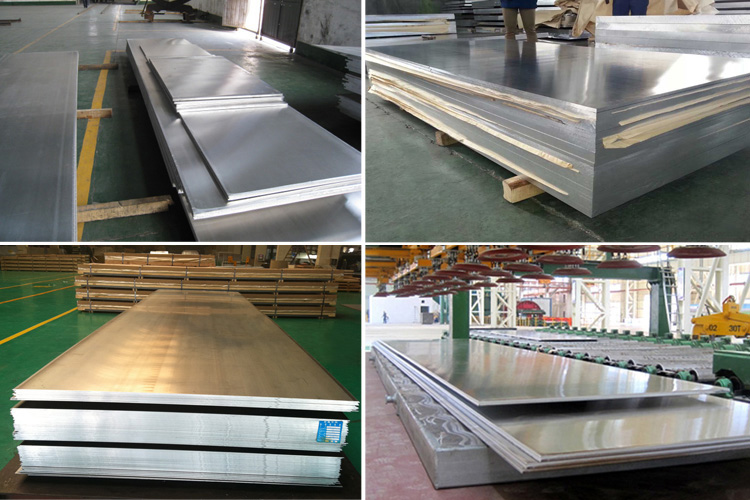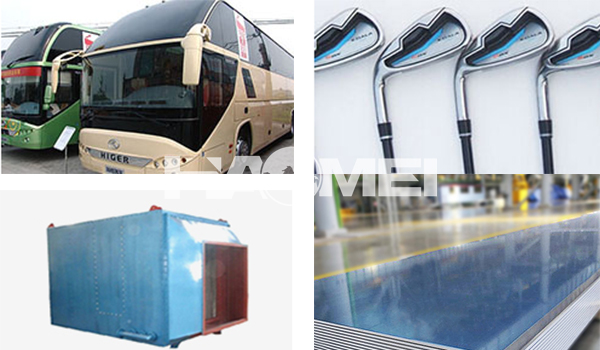Product Categories
- Aluminum Coil (49)
- Aluminum Strip (29)
- Aluminum Tread Plate (23)
- Aluminum Foil (13)
- Aluminum Slugs (4)
- Aluminum Sheet (46)
- Aluminum Profile (16)
- Aluminum Circle (21)
- Color Coated Aluminium (22)
- CTP Plates (3)
Alloy 7005 aluminium sheet coil (Al-Zn-Mg-Cu) belongs to super-hard aluminum, with tempers O, T6, T651 and T7451, used for plane truss, large heat exchangers, tennis rackets and baseball bats, fixture etc.
enquiry7005 aluminum coil (Al-Zn-Mg-Cu) is a super-hard aluminium with great welding performance. Mainly used in aerospace, mold processing, machinery and equipment, fixtures and so on, 7005 aluminium alloy is a typical kind of light-weight aluminum. it can be heat strengthened, but is not stronger than 6061 aluminum coil. 7005 t6 aluminum sheet coil is a 7 series heat treatment alloy with zinc and silicon as the main alloying elements. Stronger than 7003, it’s weaker but lighter than 6061 alloy, used in areas requiring good hardness and light weight.

| Alloy | Temper | Thickness(mm) | Width(mm) | Length(mm) | Typical products |
| 7005 aluminum sheet coil | O、T6、T651、T7451 | 0.2-300 | <1500 | <8000 | Plane truss, large heat exchangers, tennis rackets and baseball bats, fixture and other |
Chemical Composition of 7005 Aluminum sheet coil:
Si:≤0.35 Fe:≤0.40 Cu:≤0.10 Mn:0.20~0.7 Mg:1.0~1.8 Cr:0.06~0.20 Zn:4.0~5.0 Zr:0.08~0.20 Ti:0.01~0.06

Mechanical Properties of series 7005 aluminum coil sheet
State tempert4: tensile strength uts324, specified non-proportional elongation stress yield215, elongation elongation11, conductivity 40-49
State tempert5: tensile strength uts345, specified non-proportional elongation stress yield305, elongation elongation9, conductivity 40-49;
State tempert6n: tensile strength uts350 specified non-proportional elongation stress yield290 elongation elongation8 conductivity 40-49
7005 aluminium coil sheet is a typical extruded material for areas as below:

1. Welded structures that require high strength and require high fracture toughness, such as trusses, rods, and containers for transportation vehicles.
2. Large heat exchangers and components that cannot be solidified after welding.
3. Sports equipment, such as tennis rackets and softball bats.